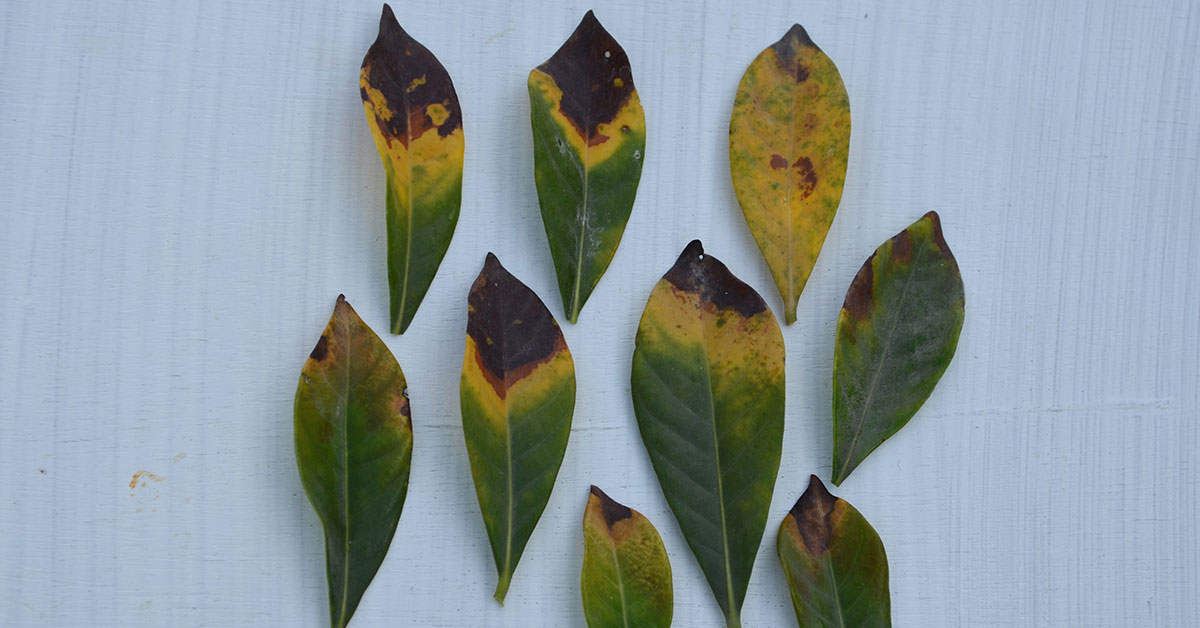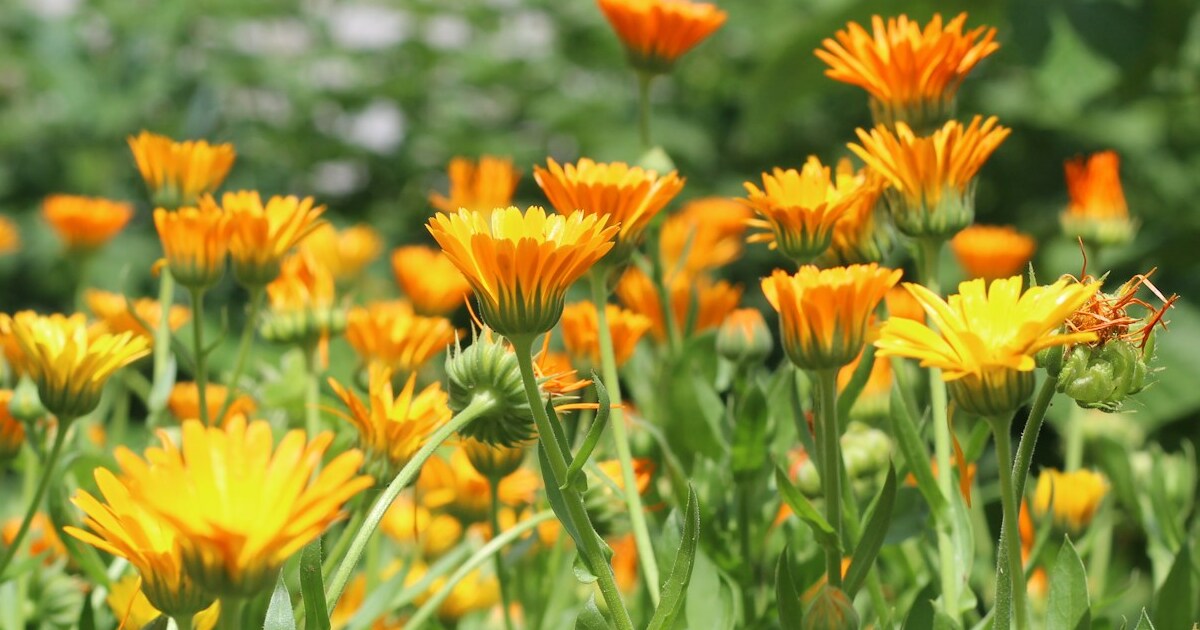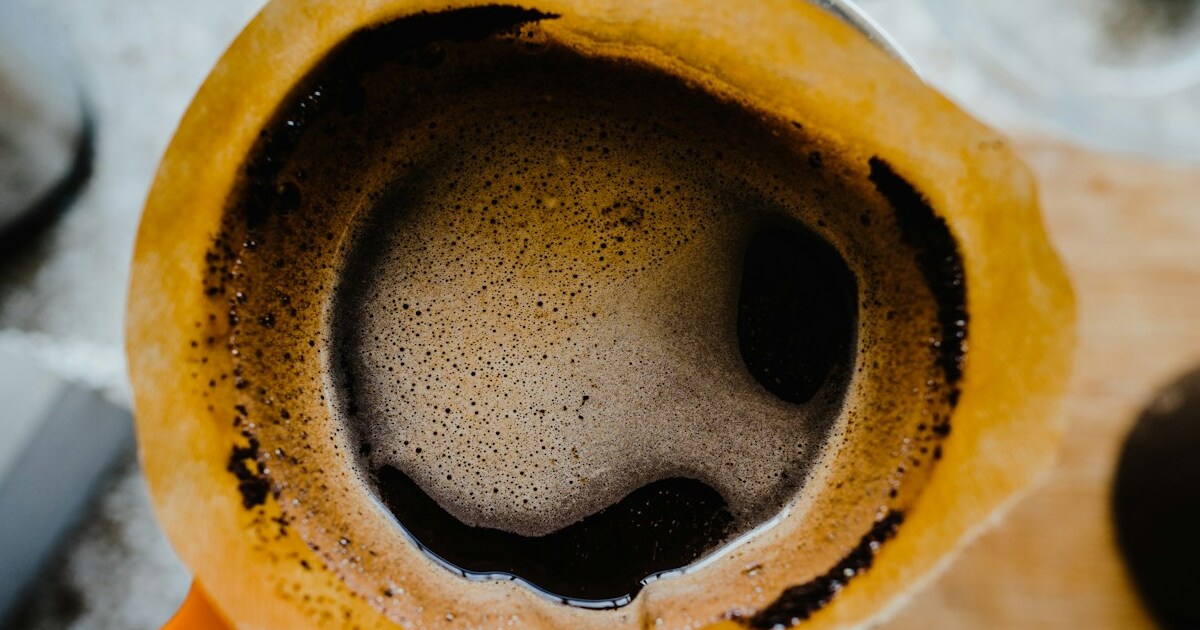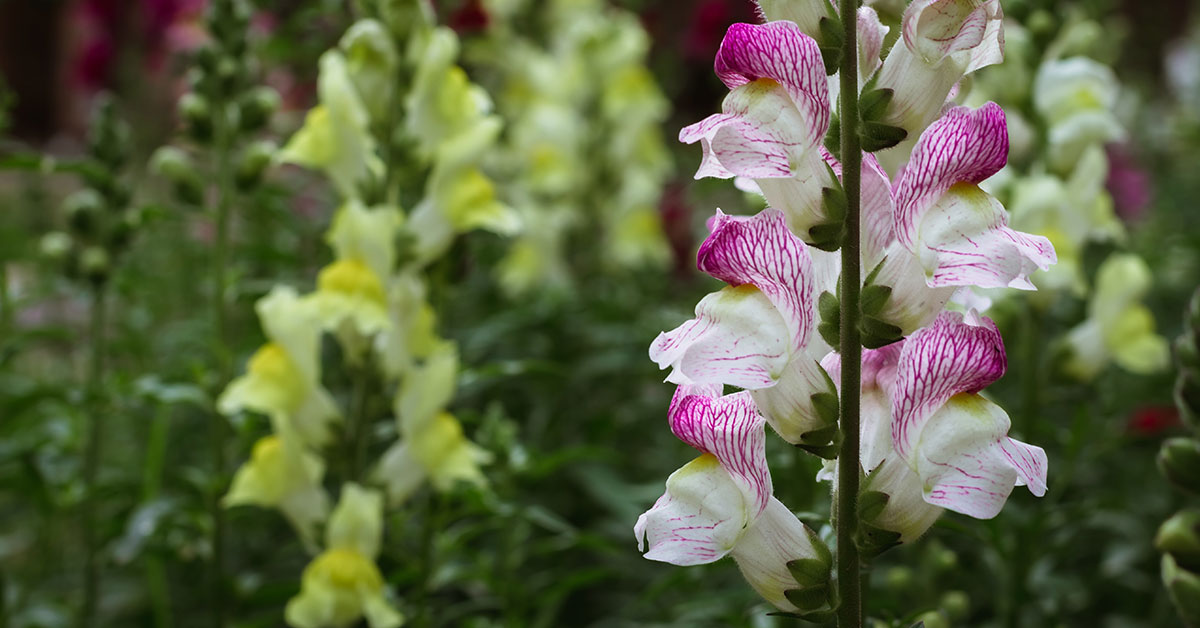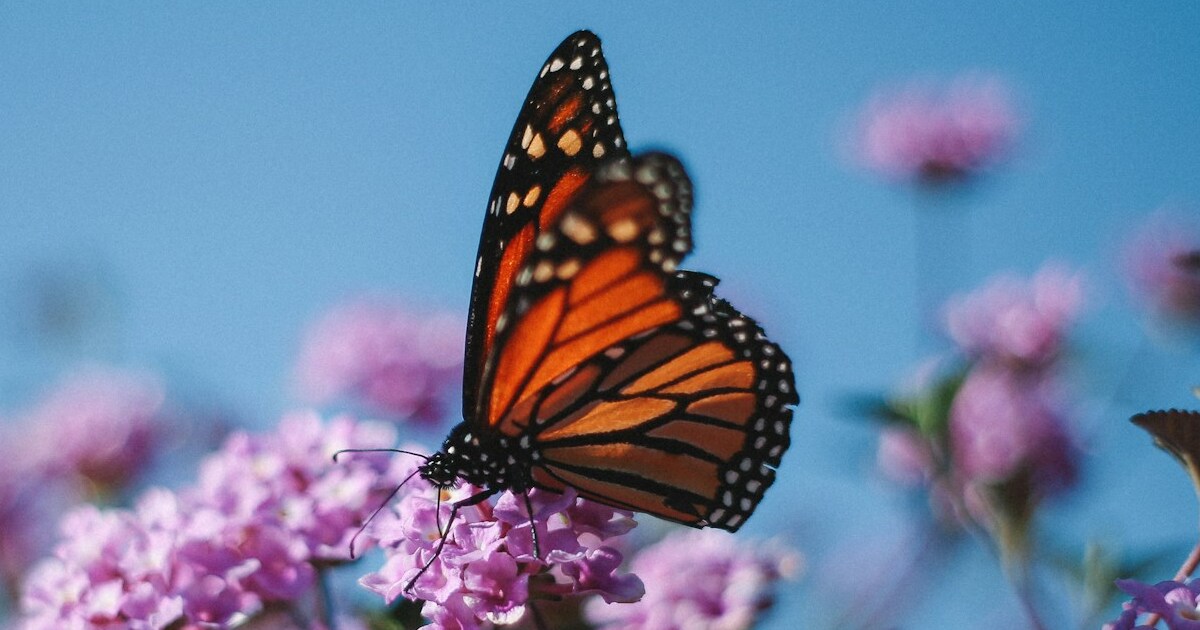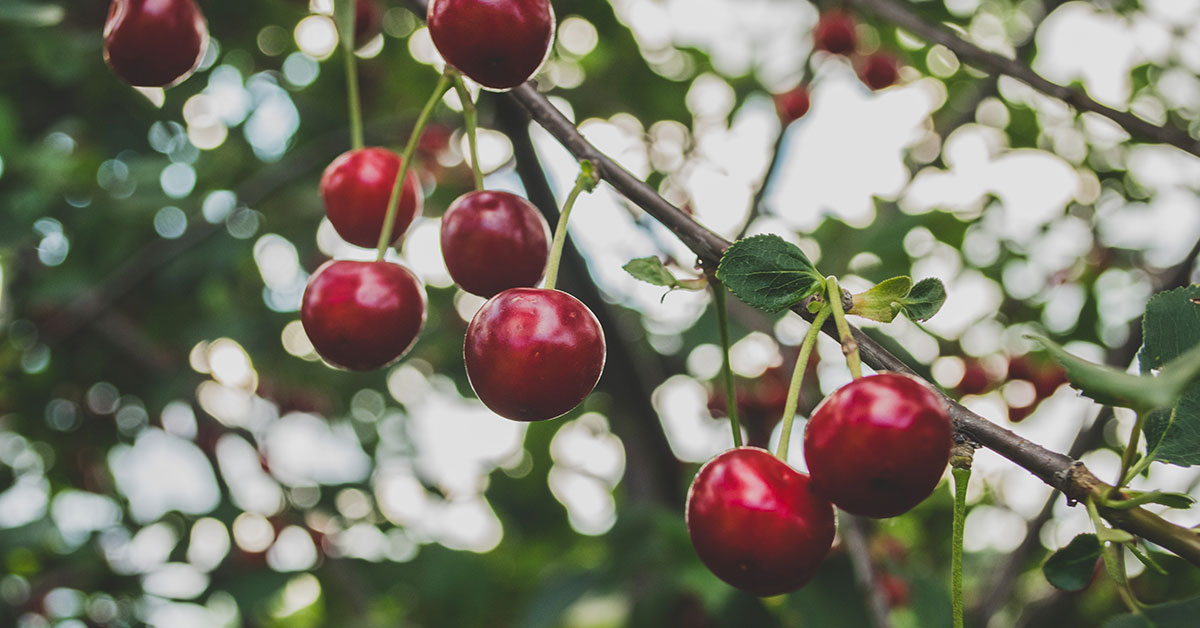Gardenia leaves turning yellow is a common problem that can cause concern for gardeners. While it can be worrying to see your gardenia’s leaves turning yellow, there is usually a simple solution. We will discuss some of the most common causes of yellowing leaves in gardenias. Including the best ways to treat and prevent the problem. With the right care, you can have a healthy gardenia plant with lush green leaves.
What Are Gardenias?
Gardenias are popular plants for home gardens due to their fragrant blooms and lush foliage. These plants are easy to care for, with minimal maintenance required. Additionally, they can be grown in a variety of climates. Gardenias are also popular because of their fragrant scent, which is often used in perfumes and soaps. They are available in a variety of colors, from white to pink to deep red. Gardenias can be planted in containers or directly in the ground. These plants can be used to create stunning displays in gardens. With their ability to attract pollinators and provide a pleasant scent, gardenias make a great addition to any garden. Providing beauty, fragrance, and a touch of elegance.
Why Are My Gardenia Leaves Turning Yellow?
Gardenia leaves turning yellow may be a sign of a nutrient deficiency or an environmental issue. When gardenias don’t have enough iron, their leaves start to yellow between the veins. This is referred to as chlorosis. Other causes of yellow leaves can be due to an imbalance of pH levels in the soil, overwatering, too much sun or not enough, or due to pests or diseases. Checking the soil for pH levels, proper irrigation, and appropriate sunlight conditions can help to diagnose the cause of yellow leaves and help the gardener provide the gardenia the care it needs.
Gardenias require well-drained, acidic soil with a pH of 5.0 to 6.0 for optimum growth. A soil that is too alkaline can cause the yellowing of leaves, which can be prevented by amending the soil with organic matter, such as compost or peat, to lower the pH. It is important to keep the soil evenly moist and to fertilize the plant regularly, ensuring to follow the directions on the fertilizer package. Gardenias thrive in a sunny location with some afternoon shade. Additionally, they should be protected from cold temperatures, as they are not cold hardy.
Overwatering And Underwatering
Gardenias are beautiful flowering plants that can brighten up any outdoor space. However, if you’re not careful with your watering habits, you could end up with yellow leaves on your gardenias. Overwatering and underwatering can both cause gardenia leaves to turn yellow. When overwatered, gardenias may have yellow leaves due to a lack of air to the roots and an excessive amount of water in the soil. On the other hand, underwatering can cause yellow leaves due to a lack of water and nutrients in the soil. Fortunately, both of these issues can be avoided with proper care, such as monitoring soil moisture levels and providing adequate drainage. In addition, it’s important to fertilize gardenias regularly and to provide plenty of indirect light and a humid environment. With the right care and attention, you can enjoy your gardenias without worrying about yellow leaves.
Monitoring For Pests And Diseases
Unfortunately, gardenias are prone to pests that can cause their leaves to turn yellow. One of the most common pests that attack gardenias is the whitefly. These tiny white insects feed on the sap of the plant, which causes the leaves to become yellow, distorted, and stunted in growth. Additionally, aphids, mealybugs, thrips, and spider mites can also cause yellowing of the leaves. To prevent these pests, it is important to regularly inspect the gardenia plants for signs of infestation, and treat any affected plants with an appropriate insecticide. Pruning and keeping the gardenia bush healthy with regular fertilization will also help to reduce the likelihood of pests attacking the plant.
Gardenias are also prone to various diseases that can cause the leaves to turn yellow. Common diseases that cause yellowing of gardenia leaves include root rot, powdery mildew, and leaf spot. Root rot is caused by overly wet soil and can lead to yellowing of the leaves and eventual plant death. Powdery mildew is caused by fungal spores and can cause leaves to yellow and become covered in a white powdery substance. Leaf spot is caused by a fungus and can cause yellow spots on the leaves as well as eventual leaf drop. All three of these diseases can be prevented and treated with proper cultural practices and fungicides.
How To Prune Gardenia Leaves That Are Turning Yellow
Gardenias can be a beautiful addition to any garden, but proper pruning is essential to keeping them healthy. When the leaves of a gardenia start to turn yellow, it is important to prune them back to encourage new growth. To prune gardenia leaves that are turning yellow, start by cutting off the affected leaves at their base. Be sure to use sharp pruning shears to avoid damaging the remaining foliage. Once the affected leaves have been removed, apply a balanced fertilizer to the area to encourage the healthy growth of new foliage. Finally, water the plant deeply and mulch around the base of the plant to help retain moisture. With proper pruning and care, gardenias can be kept healthy and thriving for many years.


